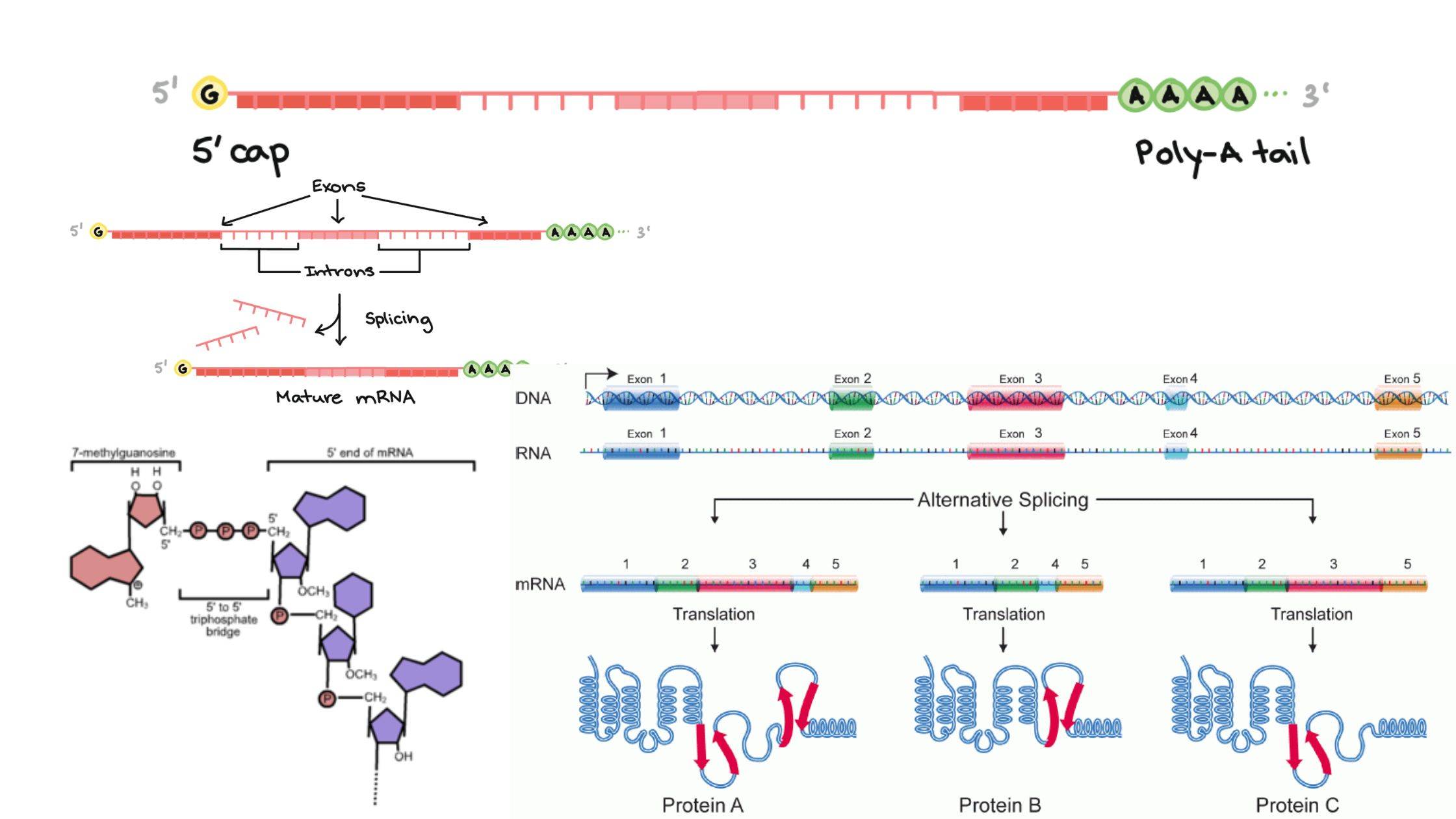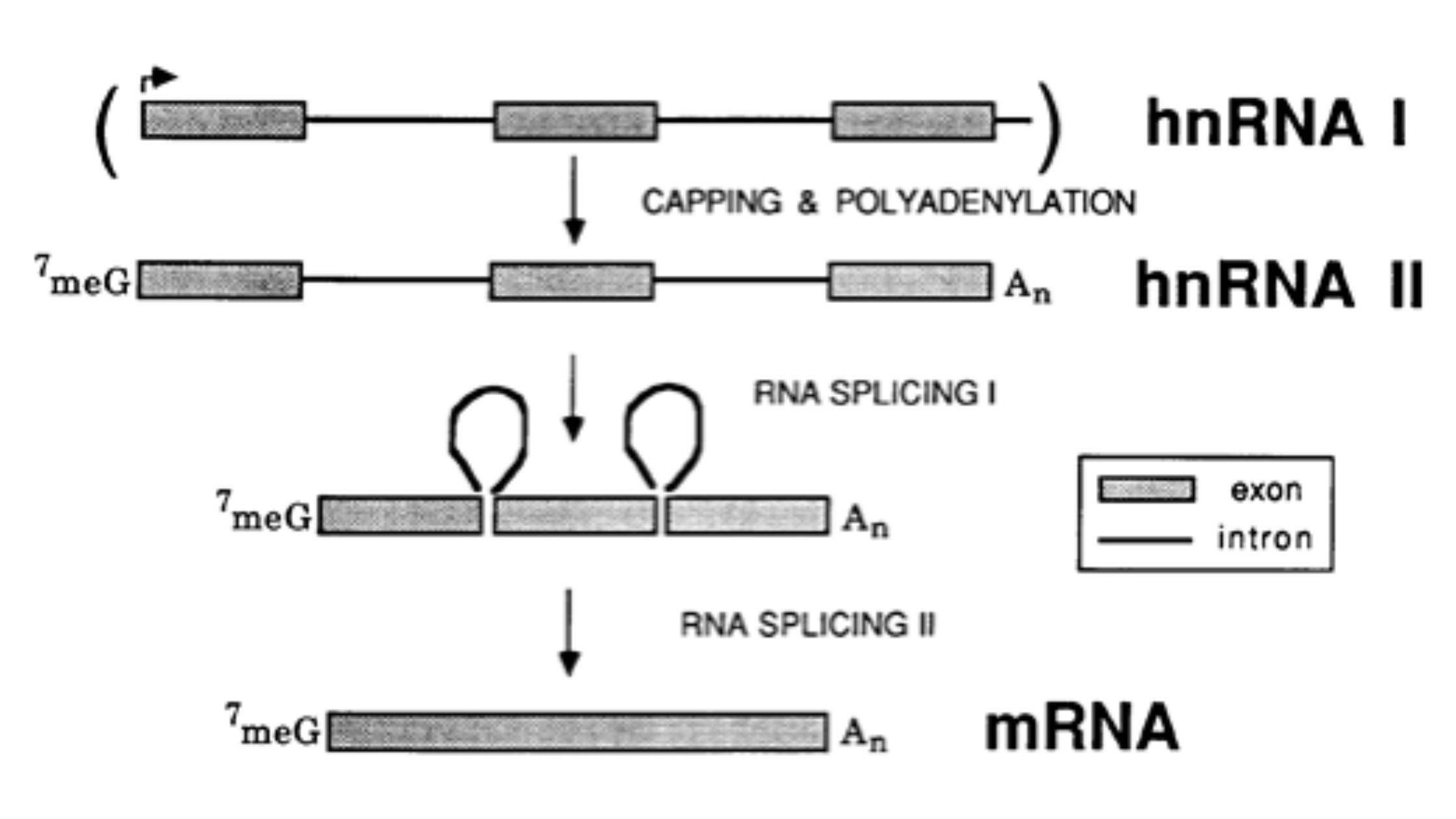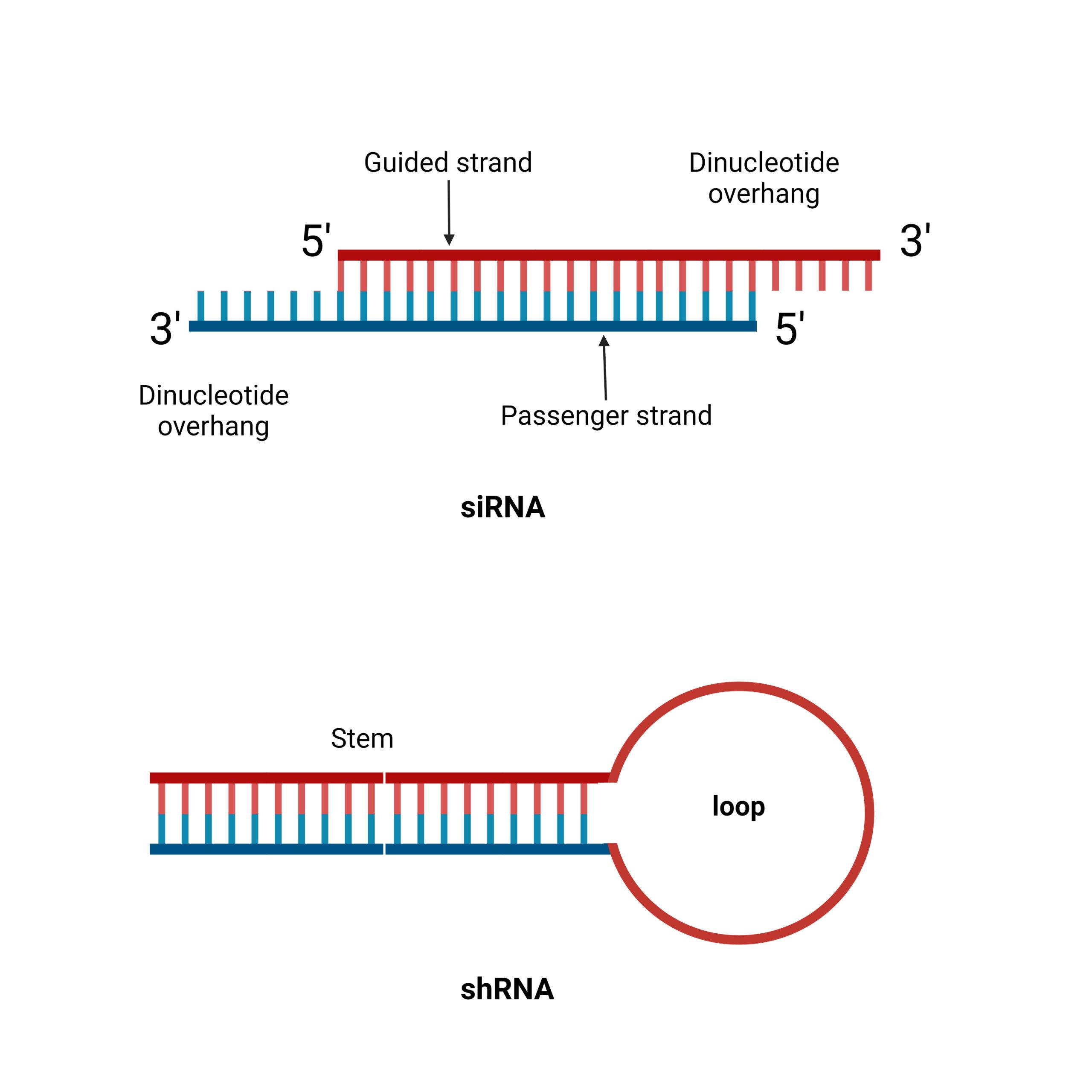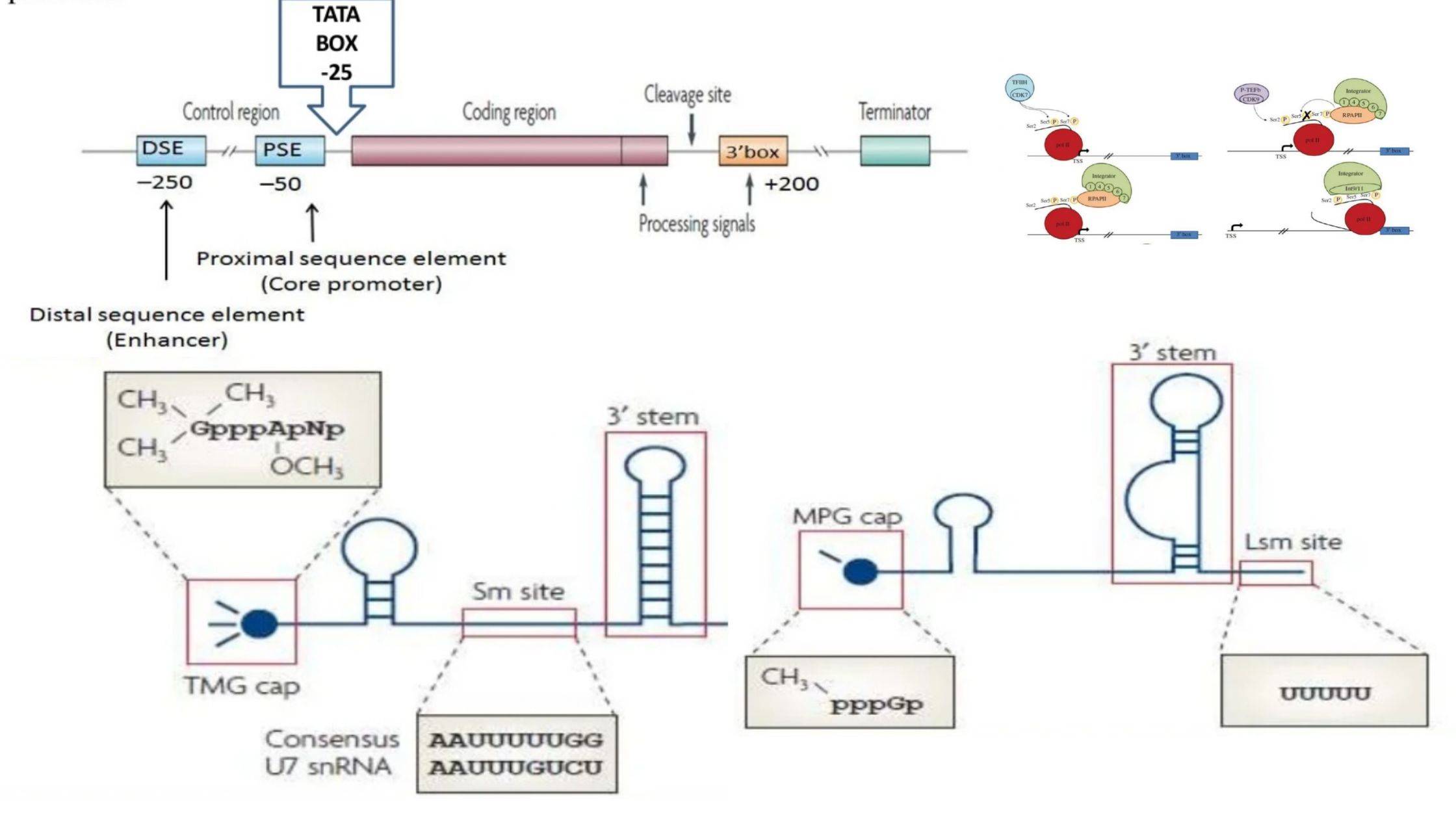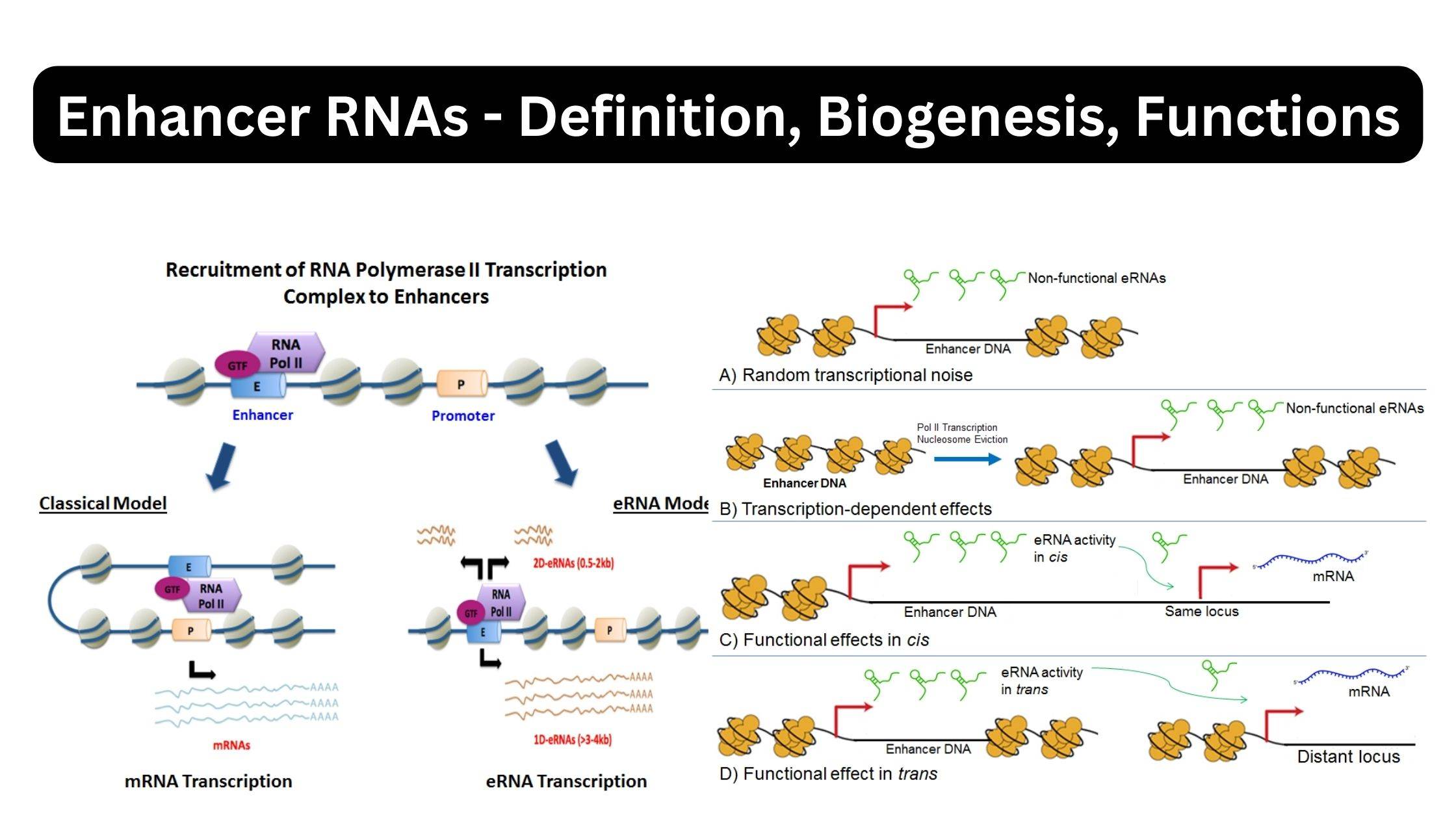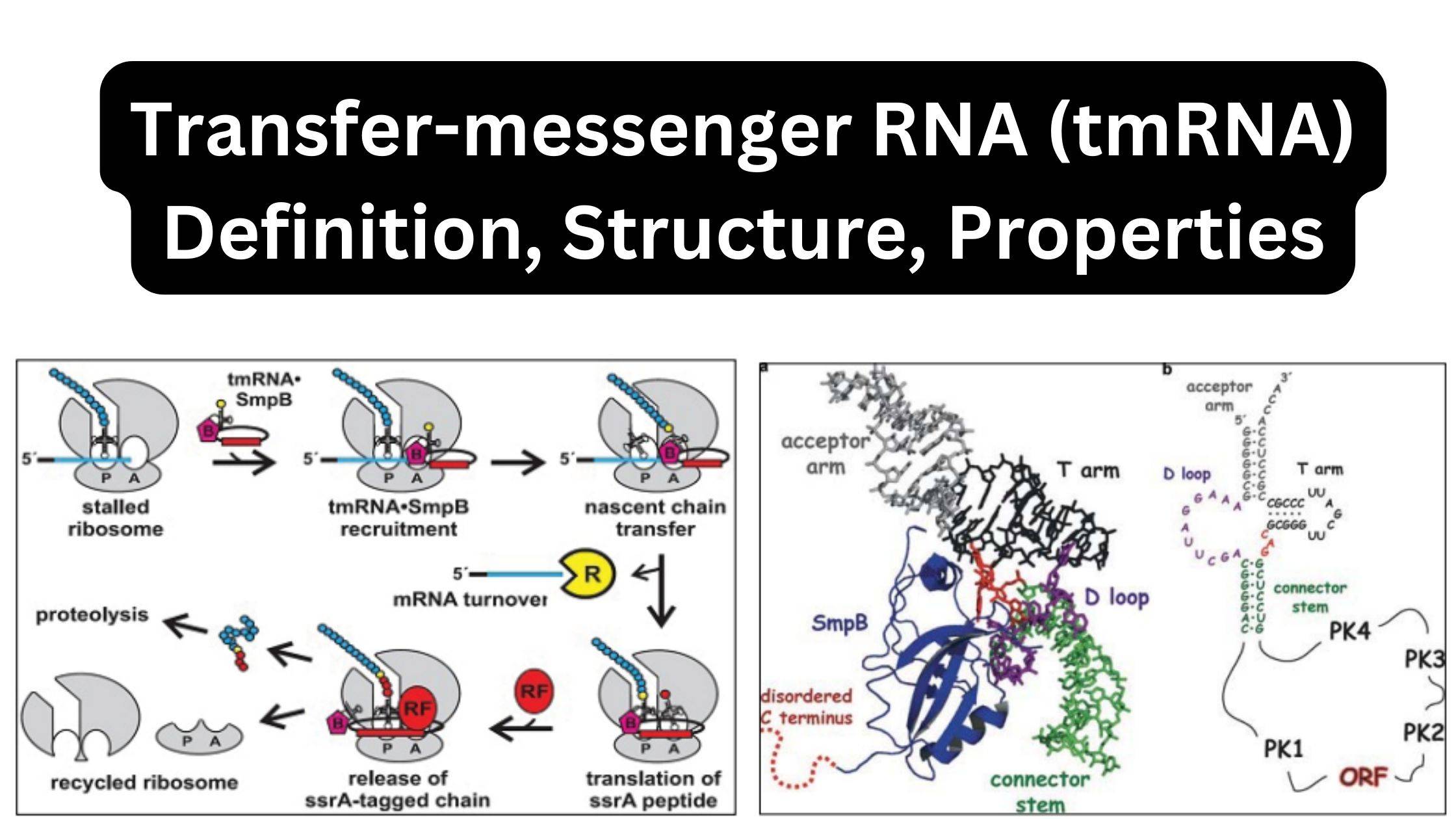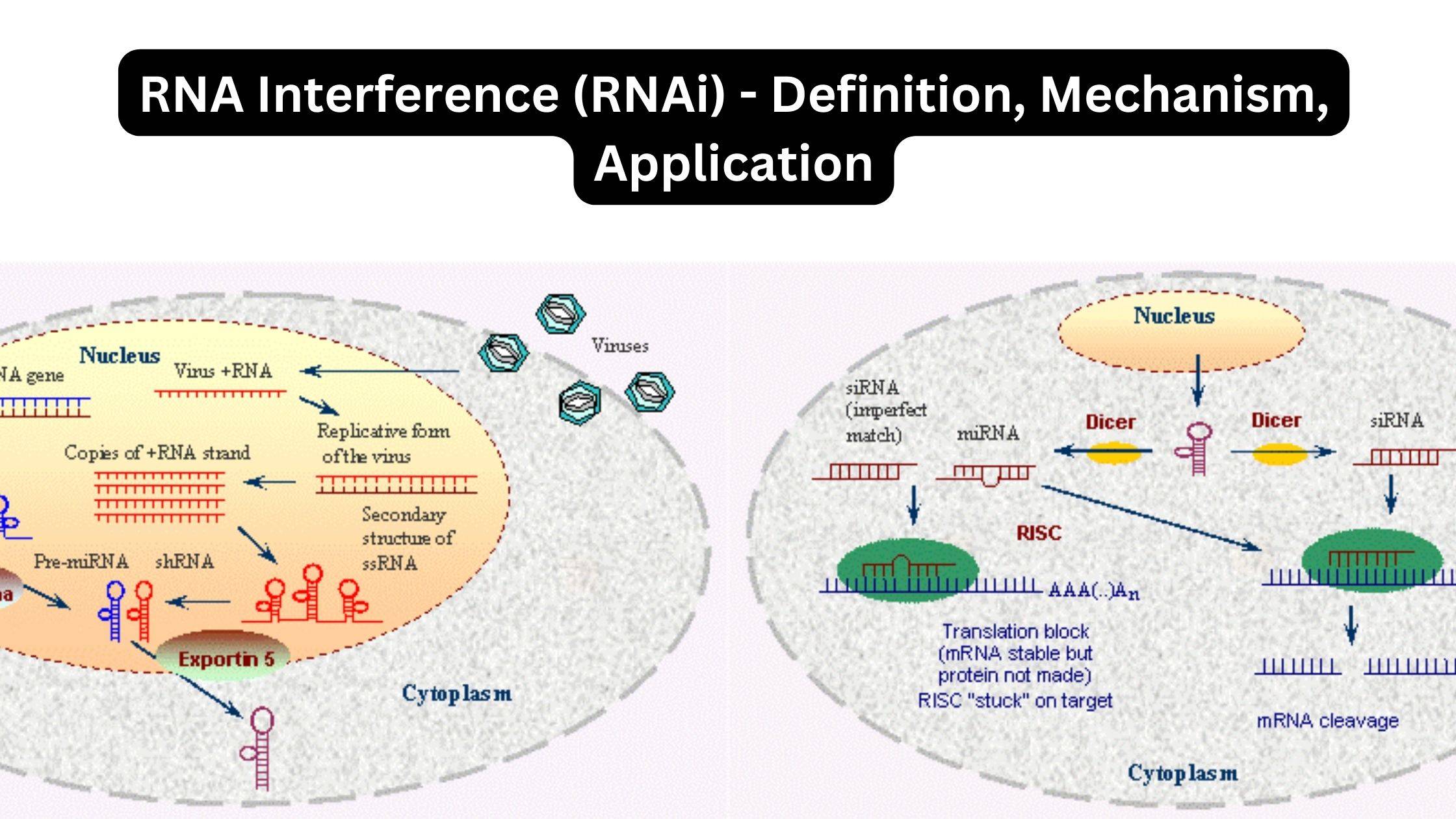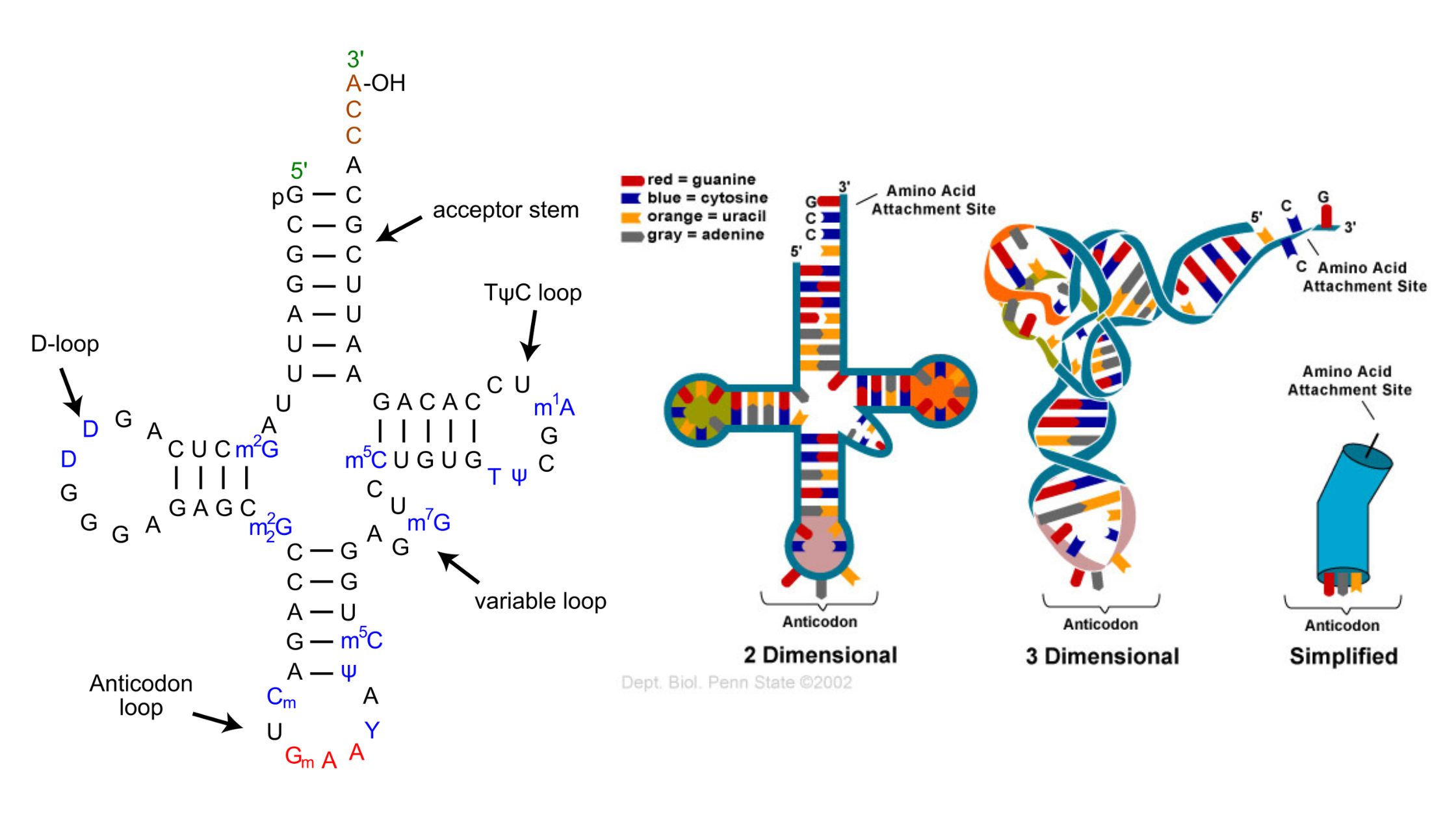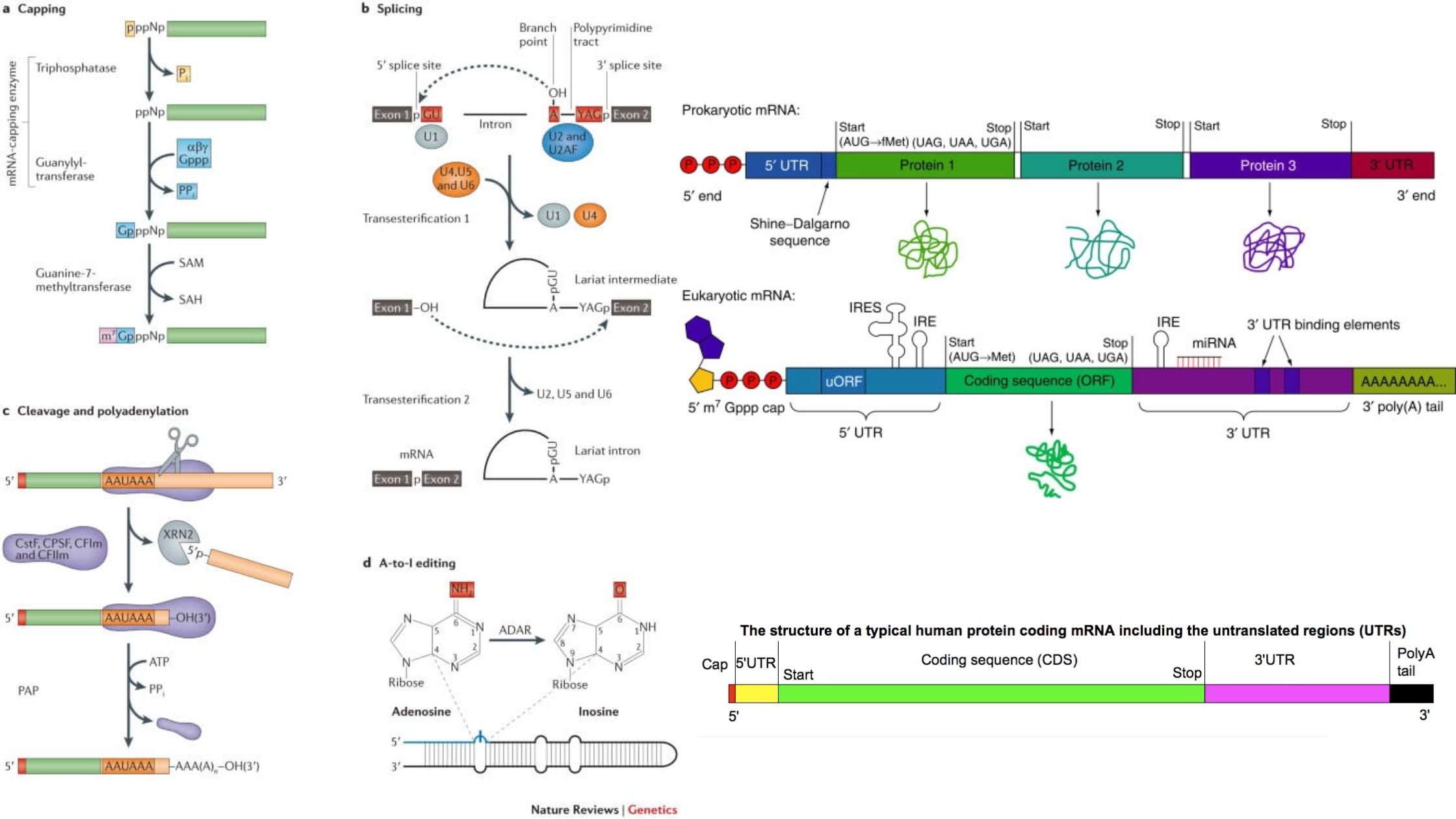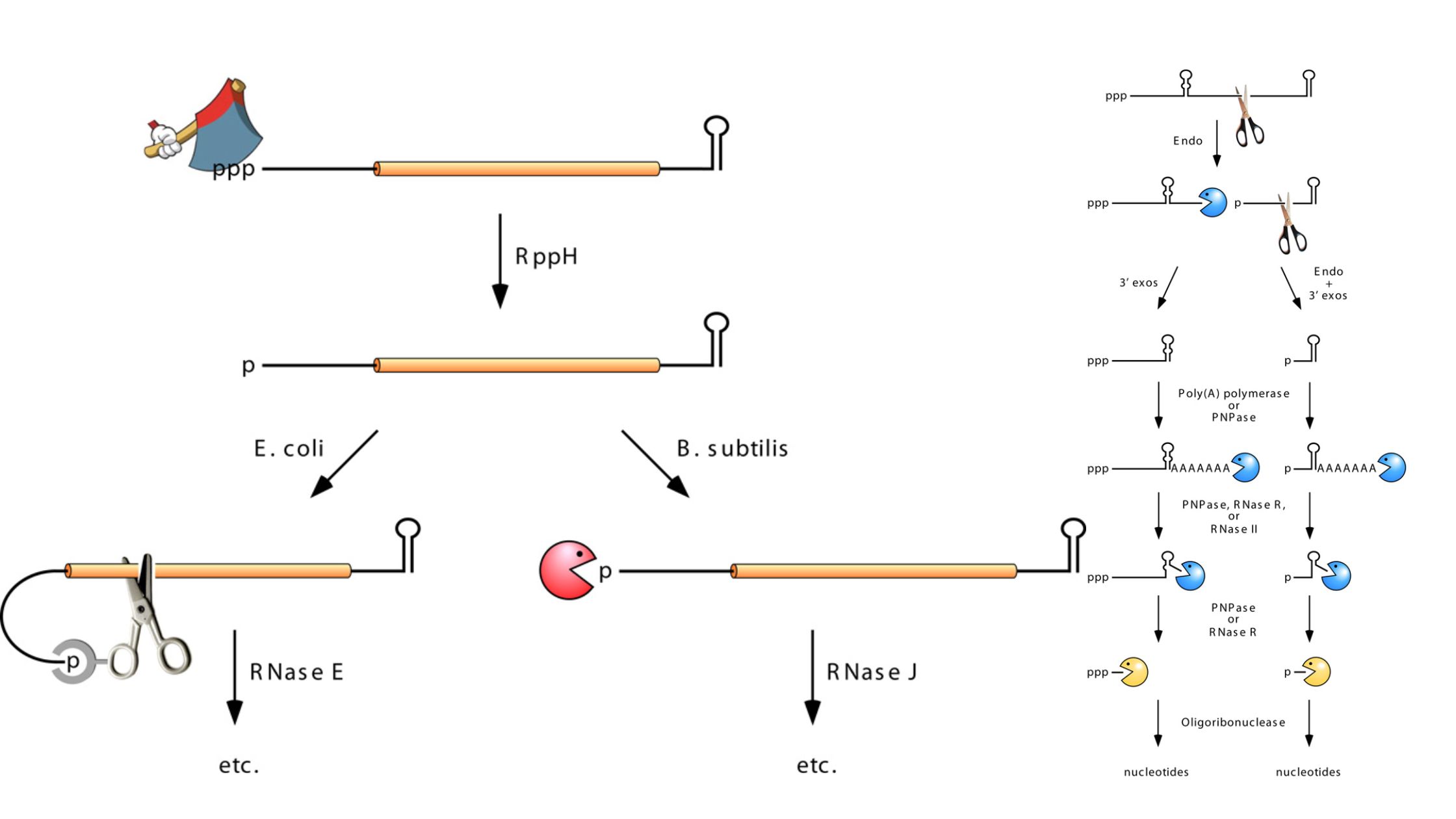5′ Capping and Polyadenylation – Definition, Mechanism
What is 5′ capping? The unique cap structure of eukaryotic mRNA is composed of 7-methylguanosine residues connected by a 5′-5′ triphosphate bridge. Structure of 5′ cap 5’ Capping process The starting point for capping with 7-methylguanylate is the unmodified, triphosphate-terminated 5′ end of an RNA molecule. Following the last nucleotide are three phosphate groups connected … Read more
